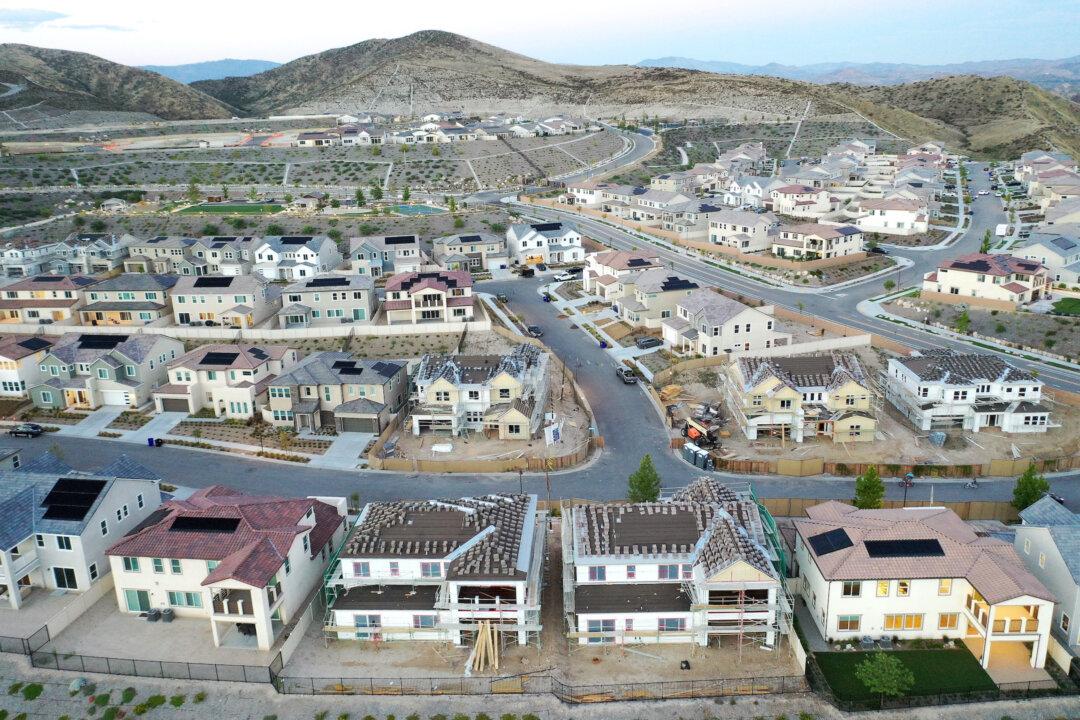The construction of new residential housing units slowed last month, with homebuilders struggling amid an environment of high interest rates.
“Privately owned housing starts in May were at a seasonally adjusted annual rate of 1,277,000. This is 5.5 percent below the revised April estimate of 1,352,000 and is 19.3 percent below the May 2023 rate,” the U.S. Census Bureau said in a June 20 statement.





